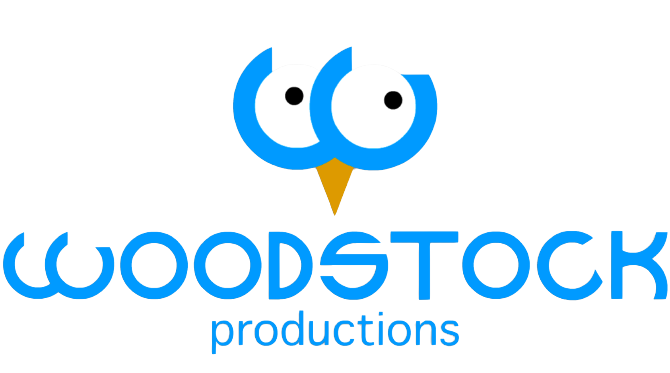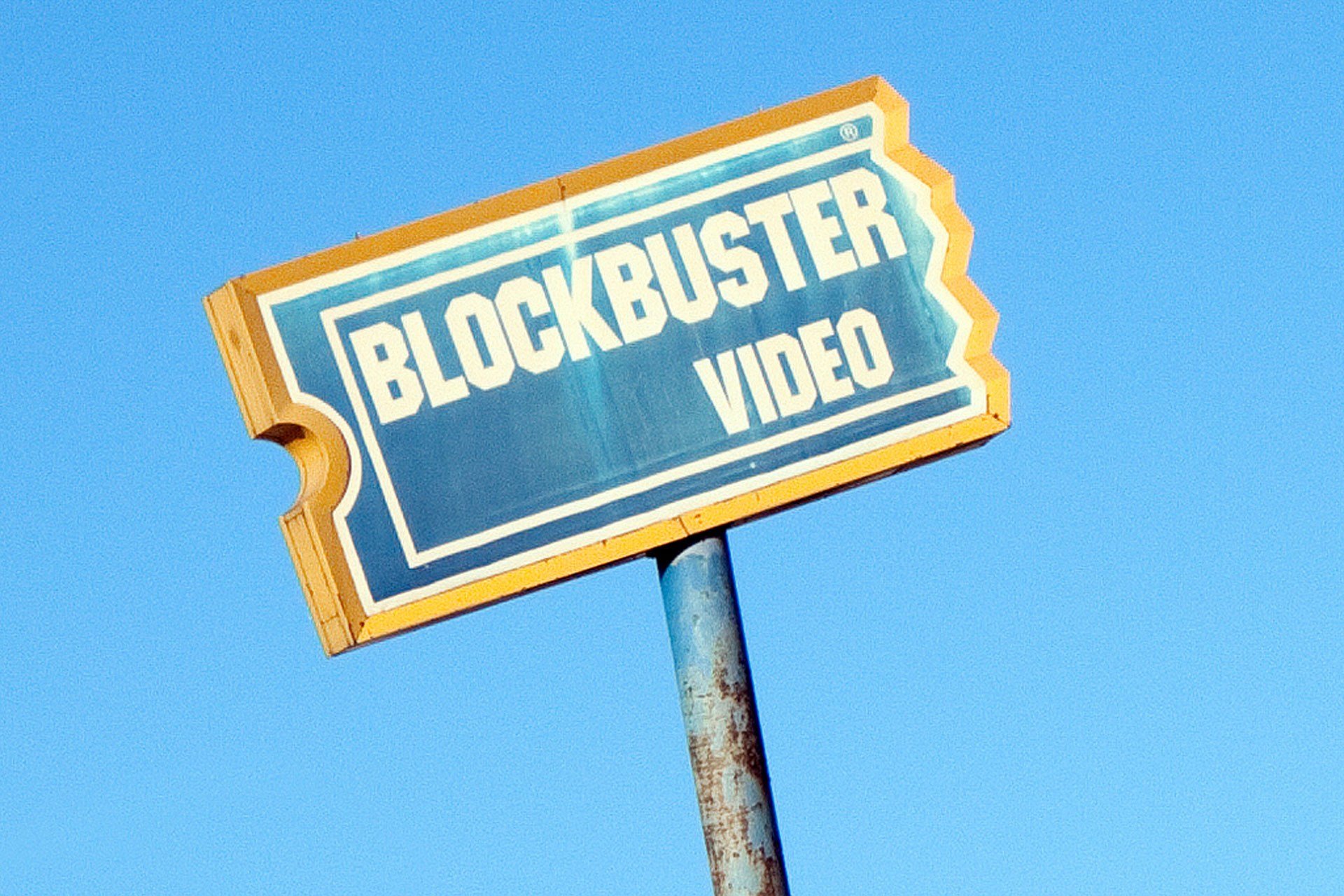The Case for Blockbuster’s Return: Could Game Rentals Be the Future Amid Rising Prices?
As video game prices continue to soar—especially with rumors suggesting the Nintendo Switch 2 and other next-gen consoles could push game prices beyond the $70 mark—many gamers are left wondering: Is renting video games the future?
As video game prices continue to soar—especially with rumors suggesting the Nintendo Switch 2 and other next-gen consoles could push game prices beyond the $70 mark—many gamers are left wondering: Is renting video games the future?
With major publishers charging more for premium editions, season passes, and microtransactions, the cost of gaming is becoming a significant barrier. In an era where affordability is a growing concern, could a revival of Blockbuster or a similar rental service provide a much-needed solution?
The Rising Cost of Gaming
When video games first hit the market, renting was a practical and affordable way for gamers to enjoy new releases without making a full purchase. Blockbuster and similar rental services thrived in the late '90s and early 2000s because they offered accessibility—gamers could play without committing to a $50 or $60 purchase.
Today, with inflation and rising development costs, AAA games now hover around $70 or more, and this number is expected to rise further for next-gen consoles like the Nintendo Switch 2, PlayStation 6, and Xbox’s next hardware iteration. The industry’s shift toward digital ownership has made it harder for players to test games before purchasing.
Subscription models like Xbox Game Pass and PlayStation Plus have filled part of this gap, but they don’t always include the latest AAA games on day one. That’s where game rentals could come back in.
How a Blockbuster Revival Could Work
Imagine a modern Blockbuster 2.0 tailored to today’s gaming market. Instead of physical stores, the service could operate like a GameFly-style rental system with a digital storefront for renting downloadable versions of games. Here’s how it could work:
Physical Rentals: A return to brick-and-mortar stores where players can rent physical copies of new releases for a fraction of the purchase price.
Digital Rentals: A streaming-based rental model that allows players to temporarily access games via the cloud, similar to Xbox Cloud Gaming or Nvidia GeForce Now.
Subscription Tiers: Different pricing plans offering limited or unlimited rentals per month for budget-conscious gamers.
Trade-in Incentives: A hybrid model allowing gamers to trade in old games for rental credits or even rent-to-own options.
This model would allow players to experience games before deciding whether to commit to a full purchase. Nintendo, Sony, and Microsoft could all benefit from partnerships with such a service, encouraging more players to engage with their games.
Would Gamers Embrace Renting Again?
With the rise of digital purchases, some might argue that renting is outdated. However, game rental services could make a massive comeback for several reasons:
Affordability – Renting a game for $5-$10 instead of paying $70 upfront makes economic sense.
Avoiding Buyer’s Remorse – Not every game is worth full price, and rentals would allow gamers to try before they buy.
A Solution for Shorter Games – Many modern games have short campaigns but still cost full price—renting could prevent unnecessary spending.
Physical Media Isn’t Dead Yet – While digital gaming is on the rise, physical game collectors and preservationists still want options.
If companies like Blockbuster (or a new competitor) revived game rentals, they could provide a cost-effective alternative to the increasingly expensive world of gaming.
Final Thoughts
As game prices continue to rise, rental services could make a massive comeback—especially for gamers who don’t want to spend $70+ on a game they might not enjoy. Whether through physical copies, digital rentals, or cloud-based streaming, the return of Blockbuster-style rentals could reshape the industry.
The real question is: Will companies recognize this opportunity and bring back game rentals in a big way?
Would you subscribe to a game rental service if it made a return? Let us know your thoughts!
Translating Ideas into Code: A Guide to Game Programming
Whether you're a seasoned developer or a beginner, the journey from a game idea to functional code can be both challenging and rewarding. In this guide, we'll explore the key steps to effectively translate your ideas into code for game development.
Whether you're a seasoned developer or a beginner, the journey from a game idea to functional code can be both challenging and rewarding. In this guide, we'll explore the key steps to effectively translate your ideas into code for game development.
Define Your Game Concept:
Clearly articulate your game idea. Outline the gameplay mechanics, characters, storyline, and any unique features.
Consider creating a design document to serve as a roadmap for your project. This document should include the game's purpose, target audience, and a comprehensive overview of its elements.
Choose the Right Development Tools:
Select a game development environment that aligns with your project's requirements. Popular choices include Unity, Unreal Engine, and Godot.
Familiarize yourself with the chosen tools and their documentation. Understanding the capabilities and limitations of your development environment is crucial for efficient coding.
Break Down the Game into Components:
Divide your game concept into smaller, manageable components. This makes the development process more manageable and helps you focus on one aspect at a time.
Identify core systems such as graphics, physics, user input, and artificial intelligence. This breakdown facilitates a modular approach to coding.
Design the Architecture:
Establish a solid architectural foundation for your game. Decide on a programming paradigm (e.g., object-oriented programming) and design patterns that suit your project.
Plan the relationships between different components and how data will flow through the system. A well-thought-out architecture enhances code maintainability and scalability.
Start with Prototyping:
Develop a basic prototype to test fundamental game mechanics. This allows you to experiment with ideas without committing to a fully fleshed-out implementation.
Prototyping provides valuable insights into the feasibility of your concepts and helps identify potential challenges early in the development process.
Iterate and Refine:
Embrace an iterative development process. Regularly playtest your game, gather feedback, and make necessary adjustments to the code.
Use version control systems like Git to track changes and collaborate with others. This ensures a stable development environment and facilitates team collaboration.
Implement Art and Assets:
Integrate graphics, audio, and other assets into your game. Ensure that these elements complement the overall aesthetic and contribute to the desired player experience.
Optimize asset management to balance visual quality with performance, especially for resource-intensive games.
Debugging and Optimization:
Thoroughly test your game to identify and fix bugs. Utilize debugging tools provided by your development environment.
Optimize code for performance, considering factors such as rendering efficiency, memory usage, and loading times. Strive for a balance between visual quality and smooth gameplay.
Document Your Code:
Maintain comprehensive documentation throughout the development process. This is essential for understanding your codebase, especially if others join the project.
Include comments, create documentation files, and use naming conventions that enhance code readability.
Prepare for Deployment:
Once satisfied with your game, prepare it for deployment. Consider platform-specific requirements and guidelines.
Test your game on various devices to ensure compatibility and address any platform-specific issues.
Translating ideas into code for game programming is a multi-faceted process that requires a combination of creativity, technical skill, and perseverance. By following these steps and embracing a systematic approach, you can bring your gaming vision to life and create an engaging and enjoyable experience for players. Remember, game development is a continuous learning journey, so stay curious and keep refining your skills.





